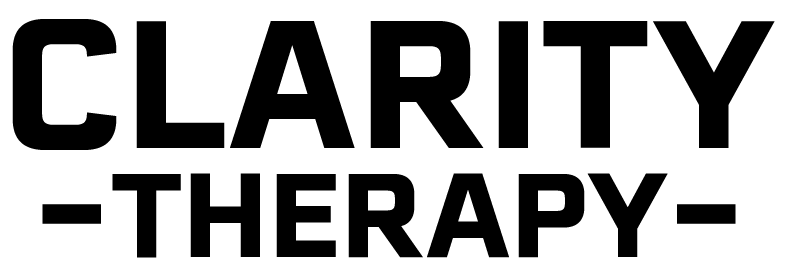Boundaries and Your Children: A Deep Dive into Chapter 10 of Boundaries
Raising kids is a beautiful, exhausting, and often overwhelming journey. Parents want their children to grow into responsible, self-sufficient, and loving adults—but how do we make that happen?
In Chapter 10 of Boundaries, Dr. Henry Cloud and Dr. John Townsend explain why teaching kids boundaries isn’t just a parenting technique—it’s essential for raising healthy, well-adjusted adults. Without boundaries, kids grow up entitled, anxious, or unable to function independently. With them, they learn self-discipline, responsibility, and emotional resilience.
If you’ve ever felt guilty for setting limits or struggled with when to say yes and when to say no, this chapter is for you.
🎯 Why Boundaries Matter in Parenting
Many parents mistakenly believe that loving their children means protecting them from discomfort, frustration, and consequences. But the truth is:
✔ Boundaries create safety—children thrive when they understand limits.
✔ Boundaries teach responsibility—kids need to learn that actions have consequences.
✔ Boundaries build confidence—when kids develop self-control, they feel more capable.
🚫 Without boundaries, children can become anxious, defiant, or overly dependent on others.
💡 Key takeaway: Loving your child means equipping them for the real world, not shielding them from it.
🚦 Common Boundary Struggles with Kids
1️⃣ The Over-Giver Parent
Many parents hate seeing their kids struggle, so they constantly step in to rescue them.
🔹 Example: Your child forgets their homework, and instead of letting them face the natural consequence, you rush it to school.
🔹 The Problem: The child learns that their actions don’t have consequences—and that someone will always fix their mistakes.
💡 Better approach: Let them experience small consequences now, so they don’t face bigger ones later.
2️⃣ The Negotiator Parent
Some parents struggle to enforce limits because they want to avoid tantrums or arguments.
🔹 Example: You say bedtime is at 8:30, but after your child begs, you push it to 9:00… then 9:15… then 9:30.
🔹 The Problem: Kids quickly learn that rules are flexible—so they test limits constantly.
💡 Better approach: Be kind, but firm. “I love you, but bedtime is 8:30. No exceptions.”
3️⃣ The “Friend” Parent
It’s easy to want your child to like you—but kids don’t need a best friend, they need a parent.
🔹 Example: You don’t enforce chores because you don’t want your child to be upset with you.
🔹 The Problem: The child grows up expecting others to cater to them instead of learning responsibility.
💡 Better approach: Your child will be upset sometimes, and that’s okay. Structure and discipline show love.
📌 How to Teach Kids Boundaries (At Any Age!)
🍼 Birth to Age 3: Building Safety & Connection
Infants don’t need strict boundaries—they need attachment, security, and love.
Toddlers, however, begin testing limits—this is when “no” becomes an important word!
🎒 Ages 3-12: Teaching Responsibility & Consequences
Let kids experience the results of their actions (forgotten homework, missed chores, etc.).
Teach them to respect others’ limits (asking for permission, taking turns, etc.).
Model healthy boundaries—don’t give in to every demand.
🎓 Teens: Preparing for Independence
Give them more freedom with clear expectations (curfews, screen time, responsibilities).
Let them face real-life consequences—don’t shield them from the results of bad choices.
Respect their growing independence while still maintaining firm boundaries.
💡 Bottom line: Every age has boundary lessons. The earlier they learn, the better they adjust to adulthood.
🎯 Final Thought: Boundaries Help Kids Grow into Healthy Adults
Parenting is not about control—it’s about equipping kids with the tools they need to succeed. Boundaries may feel hard in the moment, but they teach lessons that will last a lifetime.
💬 What’s the hardest boundary to set with your kids? Drop a comment below!
📖 Want to go deeper? Read Chapter 10 of Boundaries by Dr. Henry Cloud & Dr. John Townsend.
📌 Reference
Cloud, H., & Townsend, J. (2012). Boundaries: When to say yes, how to say no to take control of your life. Zondervan.
